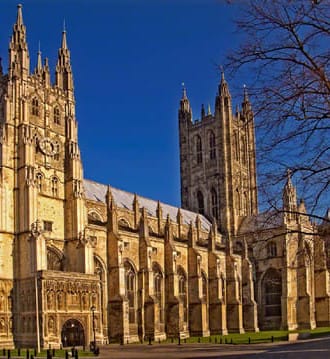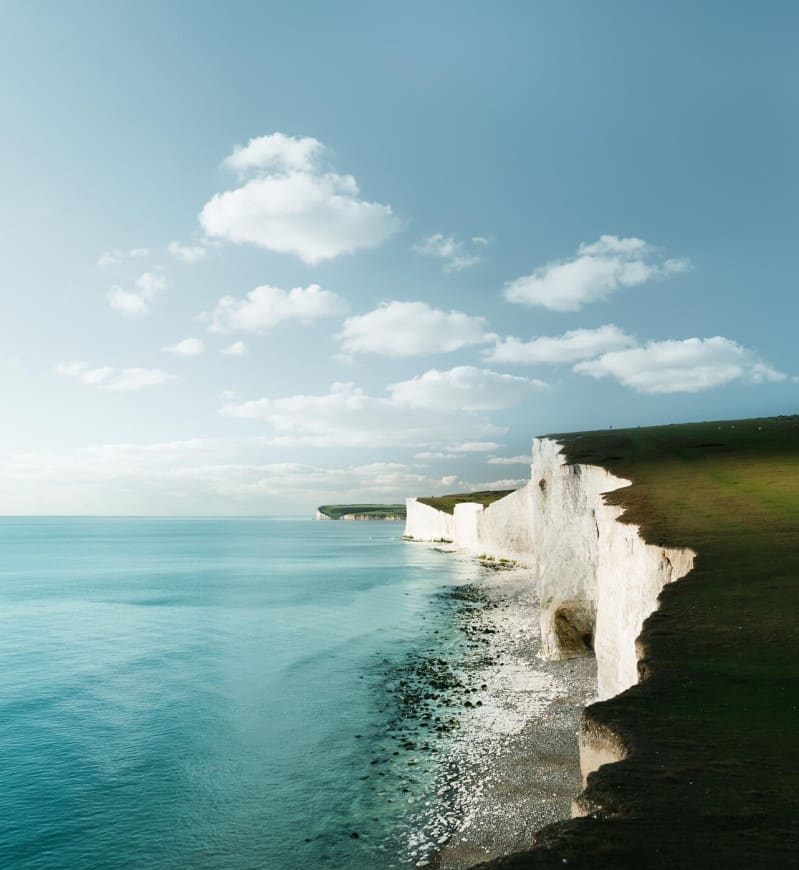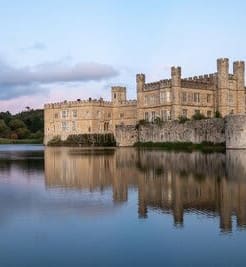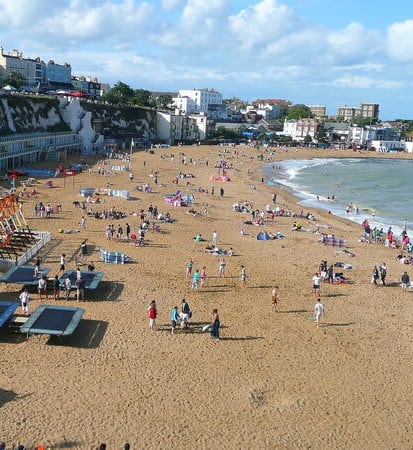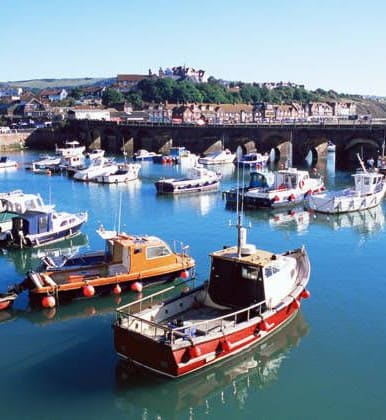Canterbury Cathedral
Canterbury Cathedral is a historic and prominent cathedral located in Canterbury, Kent, England. It is one of the oldest and most famous Christian structures in England and has been a centre of worship and pilgrimage for over 1,400 years.
The cathedral is the seat of the Archbishop of Canterbury, the head of the Church of England, and is also the mother church of the worldwide Anglican Communion. The cathedral has been the site of many significant religious events throughout its history, including the murder of Archbishop Thomas Becket in 1170, which led to the cathedral becoming a place of pilgrimage.
The cathedral's construction began in 1070 and was completed in the 14th century. It is an excellent example of Gothic architecture, with its intricate stonework and impressive stained-glass windows. The cathedral's most famous features include the Great Cloister, which is the largest in England, the beautifully decorated Chapter House, and the towering Bell Harry Tower.
Canterbury Cathedral is also known for its historic library, which contains many important books and manuscripts, including the oldest known copy of the Gospels in English, the Codex Aureus.
Today, Canterbury Cathedral remains an important site for religious worship and tourism, attracting visitors from around the world who come to see its beautiful architecture, learn about its history, and attend religious services.
